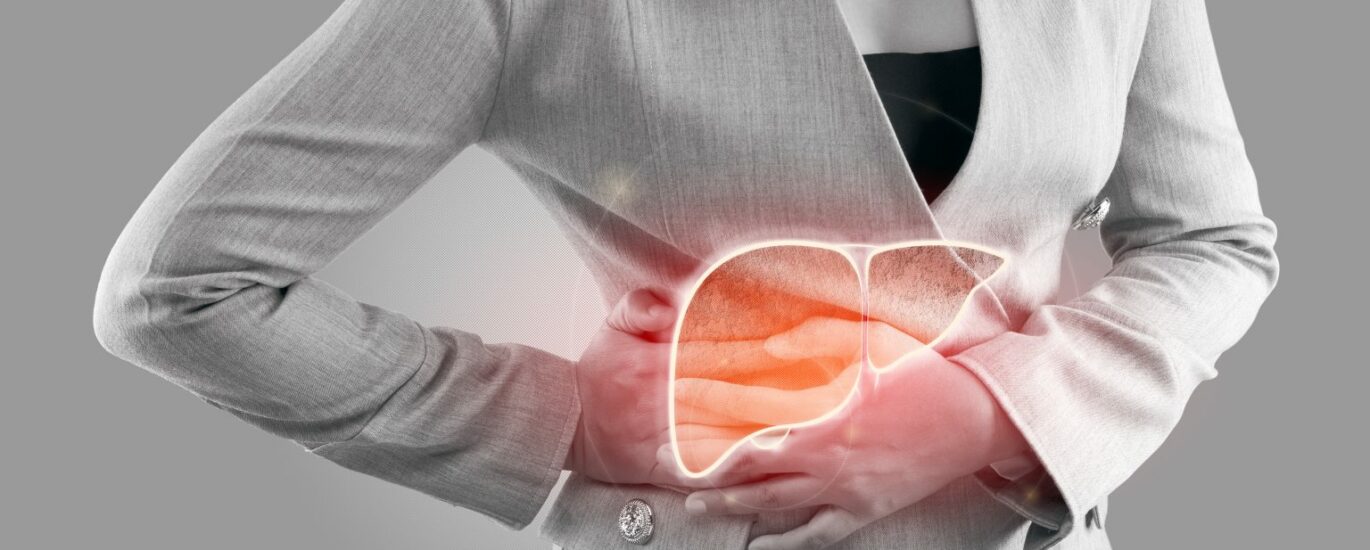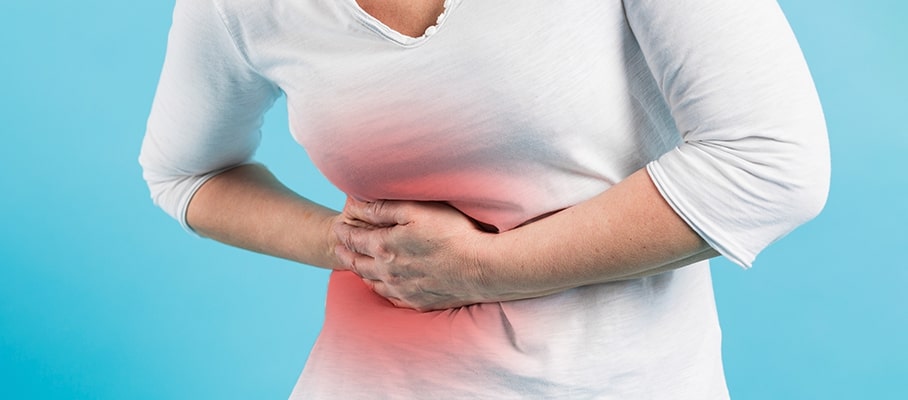

wordpress-seo domain was triggered too early. This is usually an indicator for some code in the plugin or theme running too early. Translations should be loaded at the init action or later. Please see Debugging in WordPress for more information. (This message was added in version 6.7.0.) in /home/sehatnagar.com/public_html/wp-includes/functions.php on line 6114
Fatty liver disease, also known as hepatic steatosis, is a condition in which there is an accumulation of fat in the liver cells. This condition can occur due to excessive alcohol consumption, a condition known as alcoholic fatty liver disease, or in people who do not consume alcohol, a condition known as non-alcoholic fatty liver disease (NAFLD).
NAFLD is becoming increasingly common, affecting up to 25% of the global population. It is strongly associated with obesity, insulin resistance, metabolic syndrome, and type 2 diabetes. In this article, we will delve deeper into the causes, symptoms, and treatment options for NAFLD.
The exact causes of NAFLD are not fully understood, but it is known to be associated with the following factors:
NAFLD may not cause any symptoms in its early stages, and it may only be detected through blood tests or imaging studies. However, as the condition progresses, symptoms may include:

NAFLD is often found through blood tests or imaging studies, such as a liver ultrasound or MRI. Blood tests may reveal elevated liver enzymes or abnormal levels of liver function tests. A liver biopsy may be necessary to confirm the diagnosis and assess the extent of liver damage.
There is currently no medication approve for the treatment of NAFLD. The main treatment approach involves lifestyle changes, such as:
In some cases, medications may be prescribed to manage underlying conditions or to improve insulin sensitivity. In severe cases, a liver transplant may be necessary.
Fatty liver disease is a growing public health concern, and its prevalence is increasing worldwide. It strongly associates with obesity, insulin resistance, metabolic syndrome, and type 2 diabetes. Lifestyle changes, such as weight loss, exercise, and a healthy diet, are effective ways to manage and reverse NAFLD. It is important to consult with a healthcare professional for proper diagnosis and treatment. With the right approach, it is possible to improve liver health and reduce the risk of complications associated with NAFLD.
Read Also:
Reverse Fatty Liver With Exercise And Diet
6 High Protein Meat Substitutes
How physical activity keeps your heart in good shape